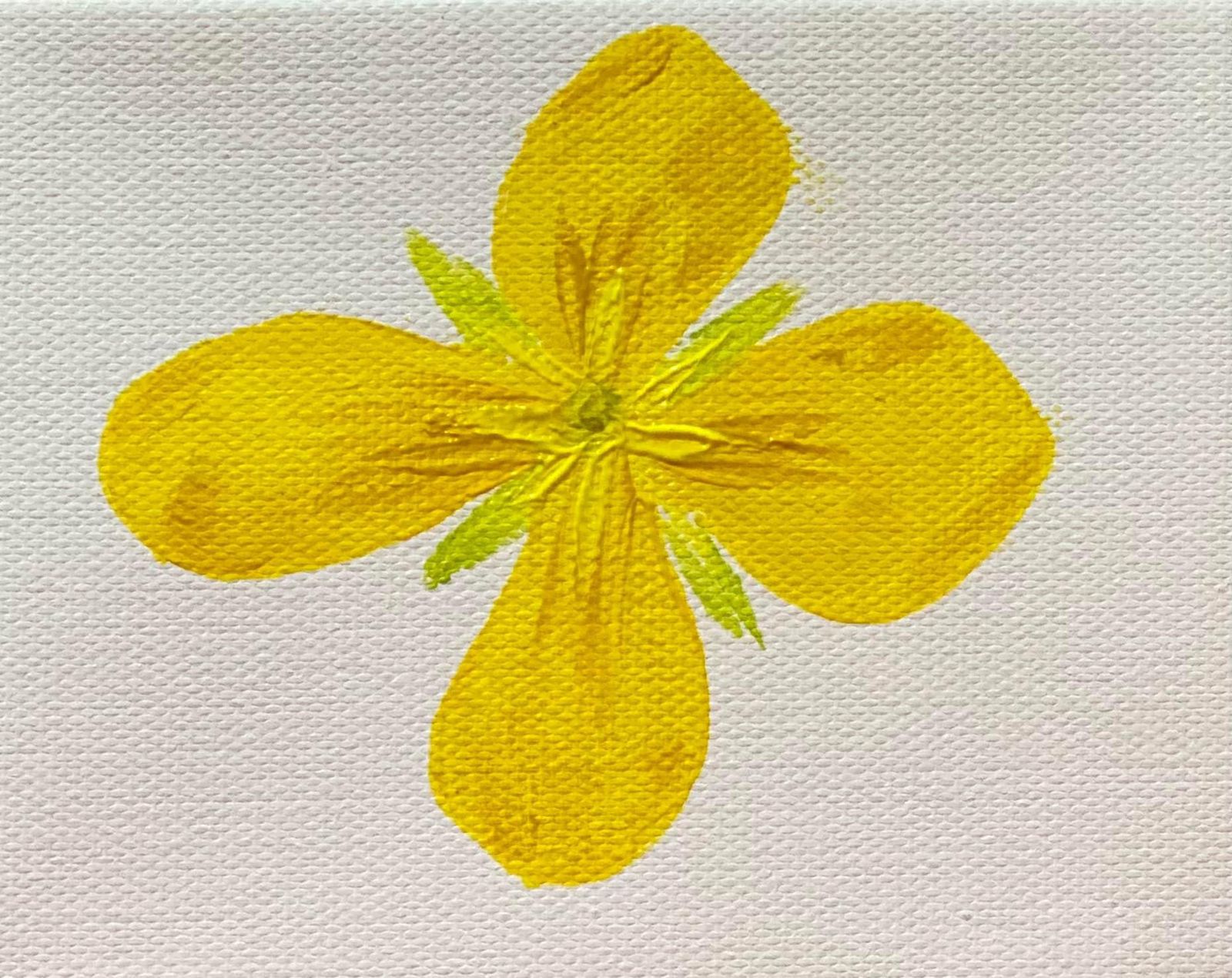In various cultures the colour yellow and it’s shades are associated with various meanings.
It has know to be associated with peace, death, courage, bravery, hope, warmth, energy, optimism, confidence, enlightenment, intellect, freshness of spring, light, and life.
Many cultures, races and religions which experienced the horrors of genocide have marked their annual genocide remembrance with symbolism. Sikhs suffered three genocides throughout their short history of less then 600 years. The most recent genocide occurred in 1980’s and 1990’s, but usually associated with November 1984 pogrom in India.
The mustard plant and it’s yellow flower has always been associated with Punjab, a Sikh province (now East Punjab), and holds a respectable place in both the Punjabi folk lore and it’s modern music. In 1980’s and 90’s the yellow mustard fields of Punjab became the killing grounds of the Sikh youth.

I feel that it would be befitting that the yellow mustard flower becomes the symbol of recent Sikh Genocide.
This flower represents Punjab, it’s farming traditions, and Sikh farmers. It represents the rich honourable Sikh history.
The yellow colour of the flower represents the Punjab and Sikh history reminding us of its rich traditions of martial race, bravery, courage, intellect, peace, and optimism. The colour also represents and guides us towards hope, confidence, warmth, healing, transformation, sustain, nurture, and life full of new beginnings.
Here is the yellow mustard flower I painted in the remembrance of #SikhGenocide and in the honour of all victims and survivors. We are resilient, moving from victimhood to healing and new beginnings while embracing our history.



 and then
and then